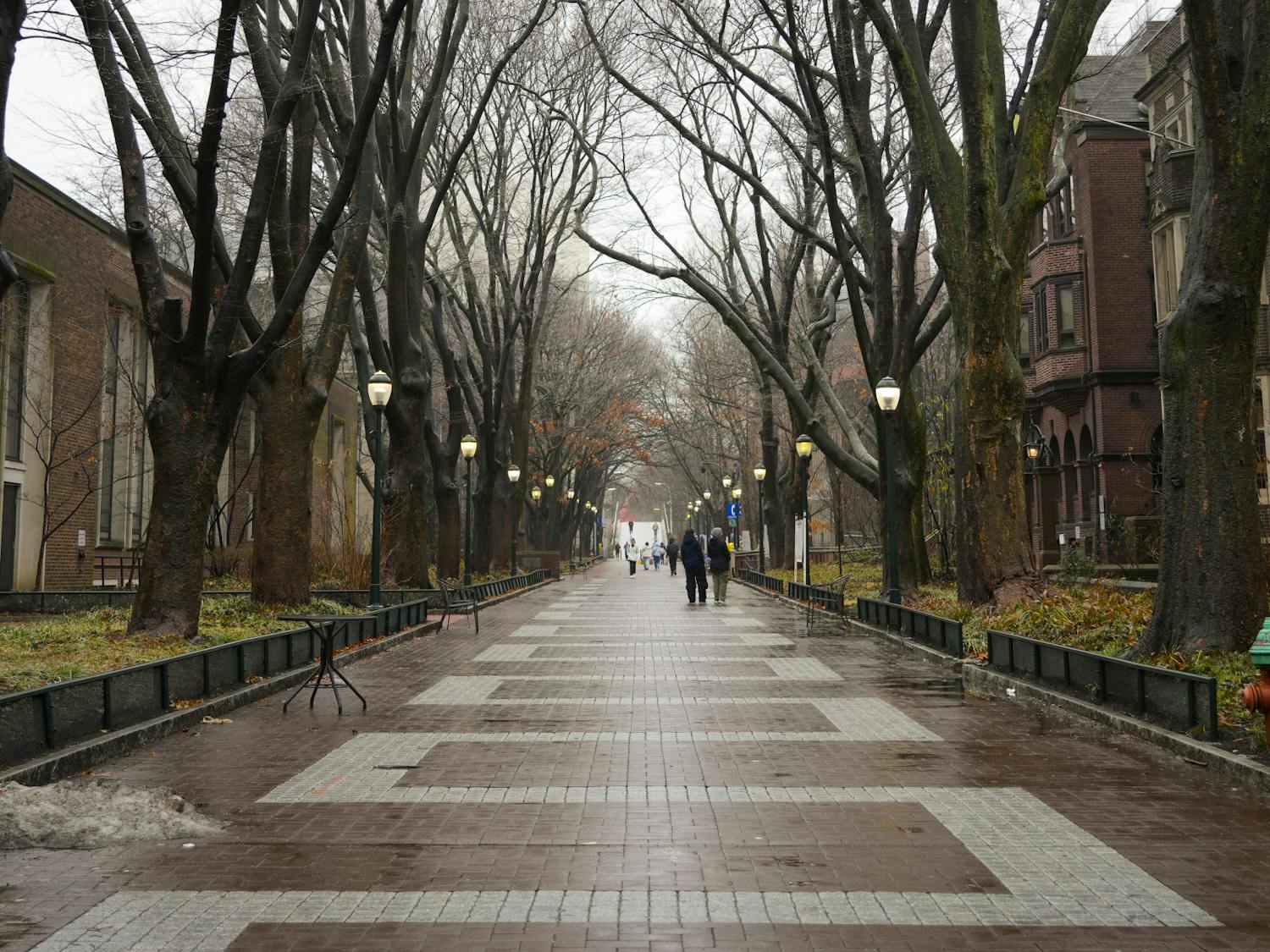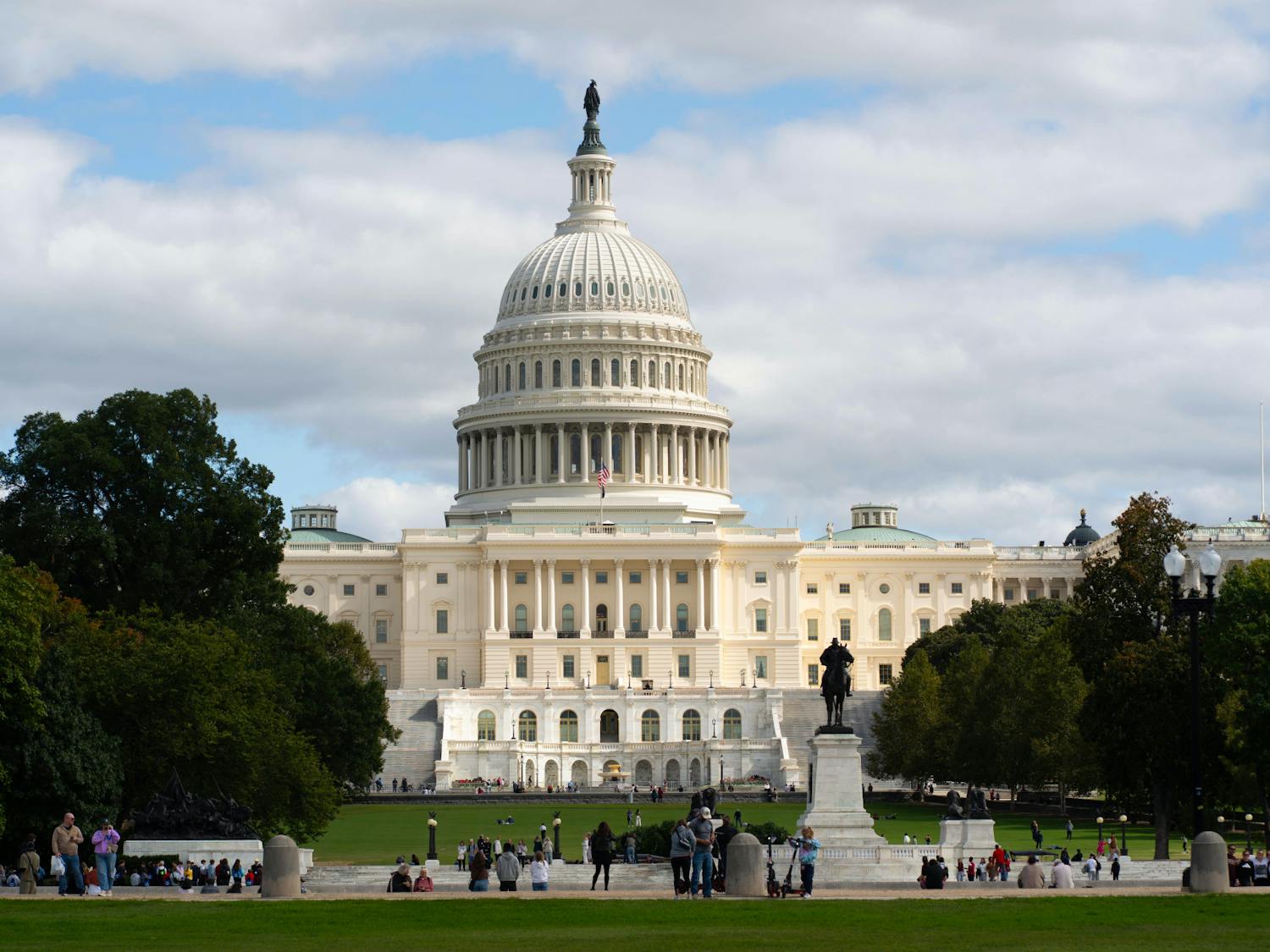May 1 marks the deadline for the roughly 3,500 high school seniors admitted to Penn to decide if they’ll be joining us in University City this fall. For most of them, this decision — whether obvious or agonizing — centers around a single factor: prestige. On that basis, Penn is certainly an enticing option. We have a reputation for excellence reflected in those 3,500 admits: 99th-percentile scorers, published researchers, and nonprofit founders, all invited into a world defined by its exclusivity.
But if these students are already so exceptional, do they really need Penn to succeed?
That question forces us to rethink how we value the United States’ “best” colleges. Penn and its Ivy League counterparts are lauded for enrolling classes with sky-high SAT medians, boasting single-digit acceptance rates, and producing high-earning, powerful alumni. Essentially, these schools take only a handful of the United States’ most accomplished students, and they leave “accomplished.”
Why are we rewarding universities like Penn for the fantastically easy job of starting with the “best” and ending with the “best”? If a hospital were to treat the healthiest patients, we wouldn’t praise it for its recovery rates — we would question its inability to help those who need it most. When a college’s input is indistinguishable from its output, how much influence does it really have?
If we truly valued educational impact, we’d celebrate the colleges that welcome students whose success may seem less cemented. These schools do the very real work of opening the door to prosperity, not just holding it ajar for those already poised to walk through.
Take a look at The Pennsylvania State University. The school has a median SAT score of 1310 and an acceptance rate of 54%. In comparison with schools like Penn, Penn State is objectively giving a wider range of students a chance to succeed. In turn, Penn State students receive access to an engineering program that outranks Penn’s and one of the largest and strongest alumni networks in the world. Penn State isn’t the most exclusive, yet it certainly knows how to churn out graduates ready to thrive.
Beyond the question of a student body’s likeliness of success, which is admittedly hard to measure, we have to talk about the larger driver of life outcomes: wealth. When it comes to promoting social mobility, the United States’ “top” schools falter. At Penn, while only 3.3% of our student body comes from the bottom 20% of households by income, 71% live in the top quintile. Elite schools are not just composed of high achievers, they’re filled with the world’s most affluent students.
These wealthy students are pre-positioned for wealth post-graduation. In fact, over 80% of children with parents in the top 20% remain in the upper two wealth quintiles as adults. It’s no wonder that Penn alumni have such a high median income: Many were destined for wealth, with or without Penn.
While U.S. News and World Report might place Penn and its peers at the top of its annual rankings, their failure to serve low-income students pushes them far below the top 200 colleges when looking at social mobility. So, who shines under this much more meaningful metric? The Economic Mobility Index, which ranks colleges by how well they improve outcomes for low-income students, puts universities like the California State University system, City University of New York colleges, and of course, Penn State’s satellite campuses, at the top.
These schools are highly affordable, deliver strong median earnings for their graduates, and enroll a large share of Pell Grant recipients. For instance, according to the EMI, at the top-ranked school — California State University, Los Angeles — the 66% of students who are classified as low-income pay less than $15,000 for their education and graduate with a median salary roughly 51% higher than the California median for those with a high school degree. Through actively enrolling low-income students, colleges like Cal State Los Angeles offer a true path to upward mobility. Penn, sitting at 554th, can’t say the same.
Of course, Penn is more than just a high-achieving student body. It provides access to everything from Nobel Prize-winning research to a name that carries weight on any application. My point isn’t that a Penn education is worthless, but rather that when you look at input versus output, it simply isn’t the most effective. Yes, we produce talented graduates, but they arrived at Penn already talented. Yes, we turn out wealthy alumni, but many of them came to Penn already wealthy. Other colleges take on the much harder task of pushing their students farther from where they started. That’s something to applaud. So, maybe it’s time our perception of the best schools centers a little less on an Ivy League name like Penn and a little more on schools like Penn State.
JESSE VAN DOREN is a College first year from Baltimore studying political science and Earth and environmental science. His email is jessevd@sas.upenn.edu.









